Latest Posts
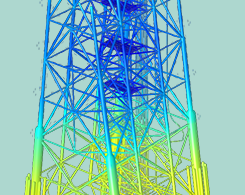
The Boundary Element Method Simplifies Corrosion Simulation
The boundary element method can be used when simulating corrosion to avoid needing a finite element mesh to resolve the whole 3D structure, saving time for large problems with slender components.
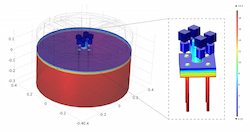
Newtecnic Creates Better Building Façades with Simulation
Engineers at Newtecnic use COMSOL Multiphysics® to balance elements such as stability, efficiency, and comfort when creating building façades that are both eye-catching and functional.
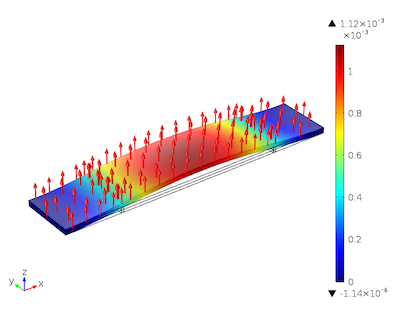
Simulation Improves Range of Motion in Piezoelectric Actuators
We highlight 1.) some of the fundamental elements of piezoelectric theory and basic simulations and 2.) a novel design for improving the range of motion for piezoelectric actuators.
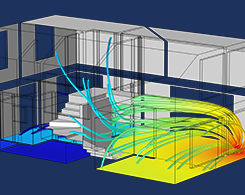
Efficiently Study Noise Distribution in a House with an App
Simulation apps can be used by those with little knowledge of simulation to run their own acoustics analyses. Learn about one example, the One-Family House Acoustics Analyzer, here.
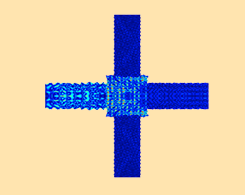
Modeling Phononic Band Gap Materials and Structures
A guest blogger from Veryst Engineering, a COMSOL Certified Consultant, shares simulation research designed to optimize band gaps for phononic crystals.
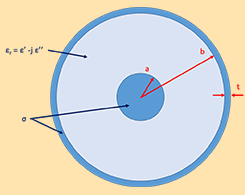
Model Cables and Transmission Lines in COMSOL Multiphysics
Learn how to compute the parameters of a coaxial cable from a COMSOL Multiphysics® simulation of the electromagnetic fields.

Turning Models into Apps: New Book Serves as a Useful Guide
Guest blogger and author Mehrzad Tabatabaian discusses how to turn COMSOL Multiphysics® models into simulation apps, a point of focus in his book COMSOL5 for Engineers.
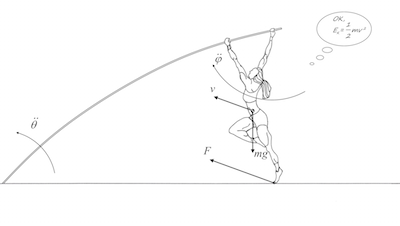
Reaching New Heights in Pole Vaulting: A Multibody Analysis
We perform a multibody dynamics analysis of the different phases of pole vaulting using COMSOL Multiphysics®.
